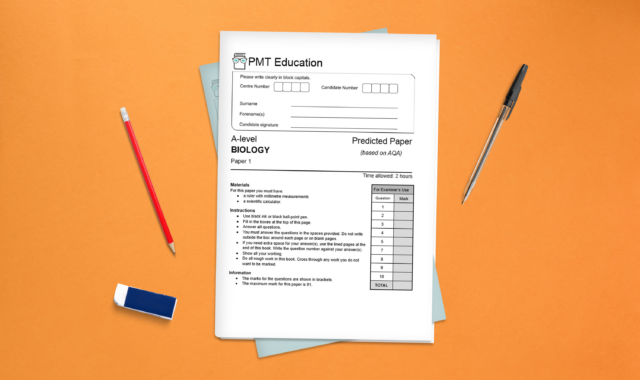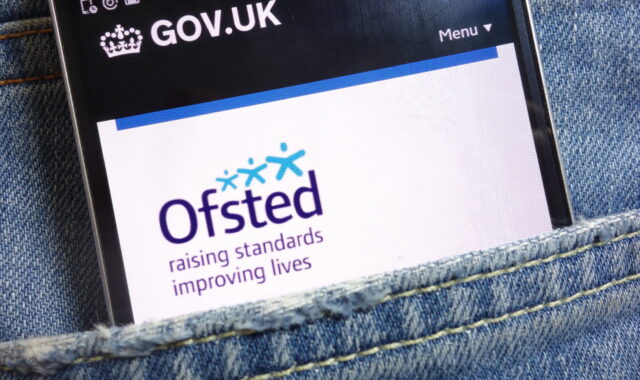Contents:
Questioning can allow teachers to assess pupils’ knowledge and understanding, and thereby diagnose and address any misconceptions. It can ensure that all pupils are cognitively active, help them to cement their learning, and be used to extend their understanding. Despite the importance of questioning to learning, in my experience, teachers (myself included) can easily fall into common questioning pitfalls that can hugely lessen these impacts. This blog will review three of these common errors and suggest possible solutions.
Common pitfall: Relying on hands up
Asking pupils to raise their hands when answering a question is commonplace in classrooms. However, it can mean that we are only assessing the understanding of those pupils who are willing to volunteer. Pupils know that they are unlikely to be required to answer if their hand is not raised, and may therefore not even bother thinking of an answer.
Solution: Cold Calling
When using ‘Cold Call’ (one of the many brilliant questioning techniques from Doug Lemov’s ‘Teach Like a Champion’) the teacher selects any pupil to respond to the question they have asked, rather than just relying on those pupils who have volunteered to answer.
This can be a powerful tool – it increases participation, enabling teachers to assess the understanding of all pupils, and increases preparation, since pupils are aware that they may be required to answer a question during class discussions.
Despite these potential benefits, many teachers are reluctant to use this strategy, worried perhaps that it will make pupils feel anxious or uncomfortable. However, research has demonstrated that the regular use of Cold Calling gives pupils more experience of participating in class discussions, and overtime, pupils will feel more comfortable doing so. In fact, in classrooms where teachers use Cold Calling, pupils are more likely to volunteer to answer questions than in those where this is not the case.

We can also take some steps to ‘warm up’ our Cold Calling. For example, we can combine the use of Cold Calling with thinking time (see below) to ensure that pupils have time to prepare an answer. Pair or small group discussions can also be used before Cold Calling to give pupils the opportunity to rehearse their responses and gain confidence in their answers. Finally, we can warn specific pupils in advance that they will be called on to answer a question or share their work.
Common pitfall: Expecting pupils to answer immediately
Many teachers fall into the trap of not giving pupils enough time to think about the answer to a question – research has shown that after asking a question, on average, teachers wait less than one second before asking for a response. This can mean that, at best, pupils think of a very limited response, or at worse, they do not have time to think of a response at all.
Solution: Thinking time
Thinking time is providing additional time for pupils to think after being asked a question, and before they are required to respond. This ensures that all pupils have time to think of an answer, improves the quality of responses, and reduces the number of pupils that opt out of answering.
Research suggests that teachers should give pupils 3-5 seconds of thinking time when asking closed, factual questions, and that longer wait times may be needed for more complex questions. This can be achieved by posing a question and informing pupils that they have a certain amount of time to formulate an answer, or by asking the question, pausing, and then naming the pupil that you wish to respond.

Wait time can be supported by a number of further techniques. Firstly, asking all pupils to write down their answer to the question during the thinking period ensures that all pupils have done the cognitive work, makes pupils’ thinking visible to the teacher, and can also improve the quality of responses. Secondly, asking pupils to raise their hands when they are ready to contribute an answer and then verbally narrating this progress to the class (“50% of us are ready, excellent…now 70%…”) can help to create a culture of participation.
Common pitfall: Asking questions to one pupil at a time
Often, teachers will direct a question to one pupil, before maybe asking another question or a follow up question to a different pupil. However, this means that we are only assessing the understanding, or deepening the learning, of one pupil at a time.
Solution: Whole-class response systems
Instead, whole-class response systems allow teachers to assess the learning of all pupils at the same time. The best example of this may be through the use of mini white boards, where pupils complete their work (such as solving a problem, answering a question or drawing a diagram) on their boards and then hold them up simultaneously for the teacher to see.
Questioning can be an extremely effective teaching tool. Although there are no set rules when it comes to classroom questioning, these techniques can help you to assess pupils’ understanding, stimulate deeper thinking, reinforce pupil participation, and improve the confidence of your pupils.







Comments